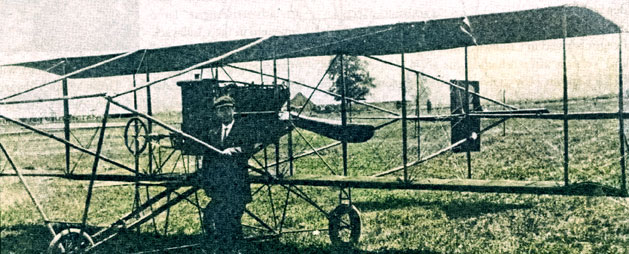 |
Chilliwack was introduced to
aviation in 1914 by Billy Stark,
a Vancouver businessman, flying his Curtiss pusher
biplane into the Chilliwack fairgrounds. Stark was the
second licensed pilot in Canada and for years flew from
Richmond�s Minoru Park, where he was based when he
visited Chilliwack.
Return to
map |
The
summer of 1919 greatly expanded this exposure as several
JN-4 Canucks operated by former military pilots dropped
into the fairgrounds. The pilots were engaged in a
competition to be the first to fly across the BC
mountains to Alberta, a contest eventually won by
Capt. Ernest Hoy (shown
here), who took nearly seventeen hours to fly from
Vancouver to Calgary.
|
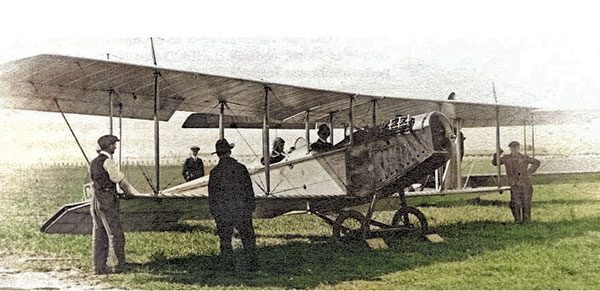 |
|
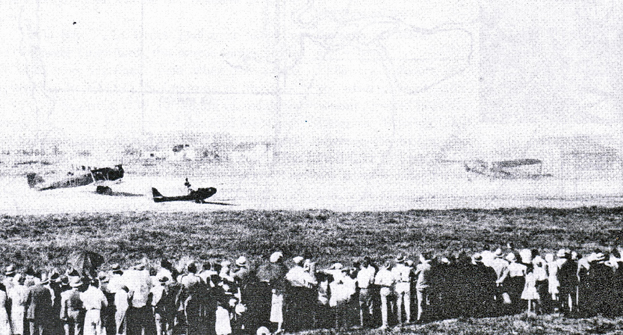 |
The
fairgrounds eventually became too confining for the
increasing airborne traffic and city council was
prevailed upon to establish an official airport. A
licence was issued for a site on Sumas Prairie owned by
the Chadsey brothers, some
3 � miles southeast of the city, with the official
opening on June 3, 1931. The first Chilliwack airshow
took place that year.
|
|
Over the next decade, the field
was well used by local and visiting aviation enthusiasts.
Some of the aircraft to which
the Chadsey field played host include,
clockwise: Ginger Coot�s Ryan B-1 (June 1932); American
Eagle A1 owned by Aliffe Carey (January 1933); Ed
Preslosky�s Alexander Eaglerock (August 1935); and, Roy
Brett with Alexander A2 Eaglerock (January 1934).�
. |
|
Not all of these aviators were
successful in their pursuit of aviation glory.
Frank Edwards built this
�Guardian� which crashed on its first test flight in
September of 1936.
Back to top of
page
Return to
map |
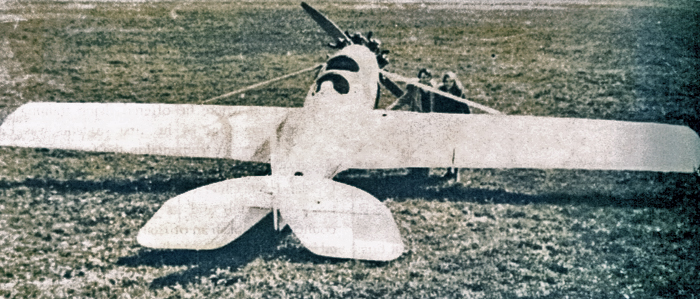
. |
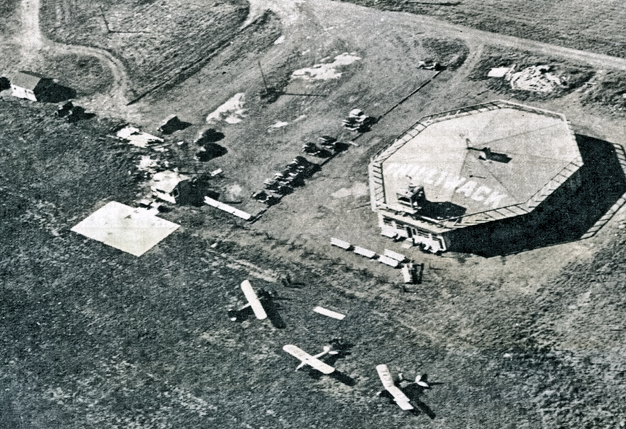
. |
The Chilliwack Flying Club
was formed in 1945 and the city council was approached
to establish a new airport more convenient to the city.
In August 1945 the city purchased an 80-acre farm only a
mile from the city centre and began development of a
3,000 foot grass airstrip. A new hangar was completed
in 1948. However�
|
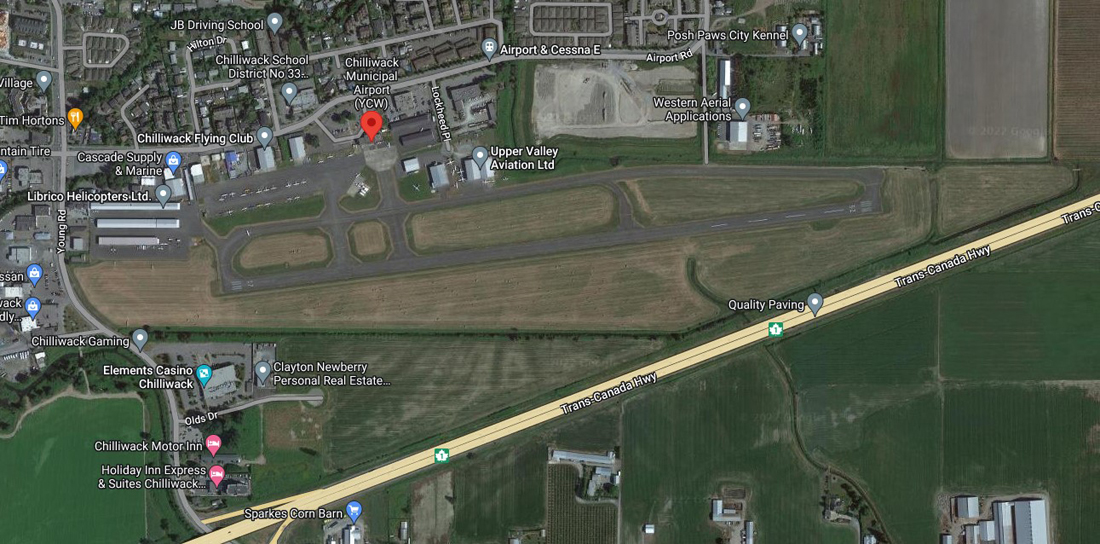
The present configuration of the
airport features a 4,000 foot
paved runway lit for night operations. Airport
based businesses include flight training, charter
companies and a variety of aircraft servicing,
maintenance and related businesses.
Back to top of
page
Return to
map |
Note: Photos
courtesy Chris Weicht except for final aerial view courtesy
Google Maps
 �
British Columbia Aviation Museum Updated:
2023-01-16 �
British Columbia Aviation Museum Updated:
2023-01-16
|